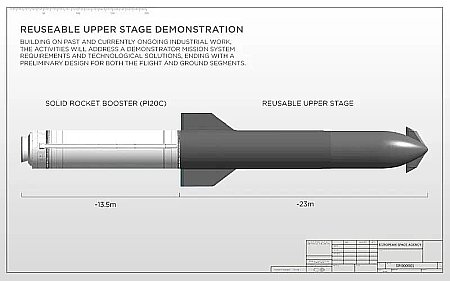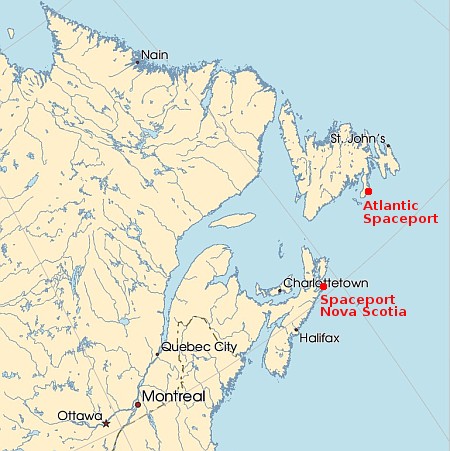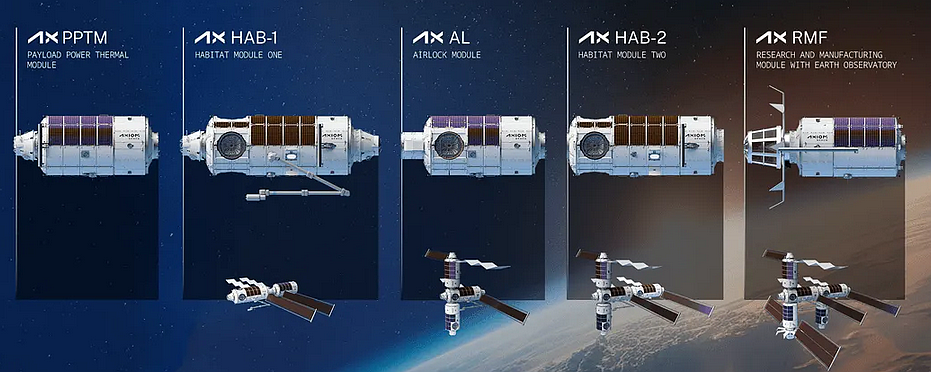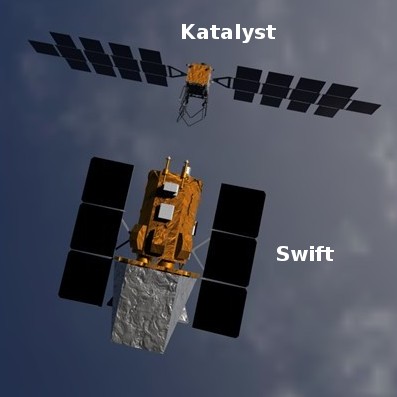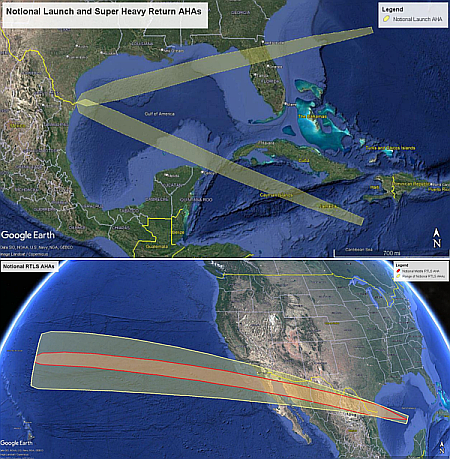Avio wins $47 million study contract to build reusable upper stage rocket
The Italian rocket company Avio has won $47 million study contract from the European Space Agency (ESA) to begin design work on a reusable upper stage rocket.
The contract runs for two years, with a goal to “assess and prepare the requirements, the design and the technologies for both the ground and flight segments required for an upper stage demonstrator that in the future could return to Earth and be reused on another flight.”
In other words, Avio is not yet building this upper stage, but will use this money to work up a design. The Avio graphic to the right suggests the lower stage will be based on the first stage of Avio’s solid-fueled Vega-C rocket. The upper stage concept appears to resemble Starship, which suggests Avio will be aiming for a vertical landing, using the methane-fueled engines it is developing for its not-yet-launched Vega-E rocket.
This ESA contract once again shows that agency’s shift to the capitalism model. Rather than develop this idea in-house, as it has done so poorly in the past, ESA has asked a private company to do it, and own what it develops.
The Italian rocket company Avio has won $47 million study contract from the European Space Agency (ESA) to begin design work on a reusable upper stage rocket.
The contract runs for two years, with a goal to “assess and prepare the requirements, the design and the technologies for both the ground and flight segments required for an upper stage demonstrator that in the future could return to Earth and be reused on another flight.”
In other words, Avio is not yet building this upper stage, but will use this money to work up a design. The Avio graphic to the right suggests the lower stage will be based on the first stage of Avio’s solid-fueled Vega-C rocket. The upper stage concept appears to resemble Starship, which suggests Avio will be aiming for a vertical landing, using the methane-fueled engines it is developing for its not-yet-launched Vega-E rocket.
This ESA contract once again shows that agency’s shift to the capitalism model. Rather than develop this idea in-house, as it has done so poorly in the past, ESA has asked a private company to do it, and own what it develops.

